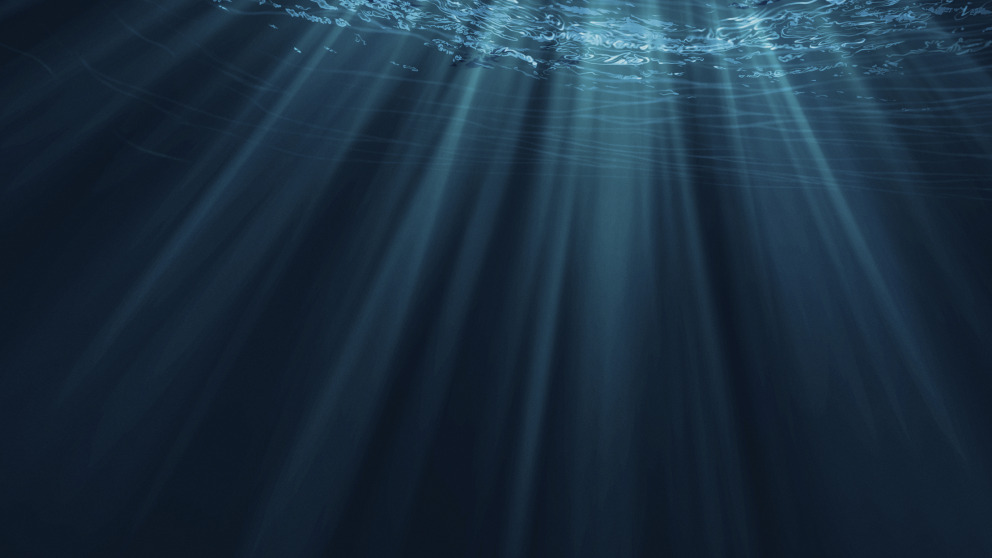Regulation of deep seabed mining to protect the common heritage of mankind
04.02.2020
Interest in the extraction of mineral resources from the deep seabed has grown in recent years. In order to protect the marine environment, the existing legal framework must be strengthened through the addition of environmental objectives and regulations to minimize harmful impacts. A team of researchers from the Institute for Advanced Sustainability Studies (IASS) in Potsdam recommends the establishment of ecological safeguards for deep-seabed mining in a new report commissioned by the German Environment Agency (UBA).

Deep seabed mining will target a variety of mineral resources, including iron and manganese-rich nodules located on the deep-sea abyssal plains at depths of 4000 to 6000 metres, deposits of so-called massive sulphides found at hydrothermal vents on the mid-ocean ridges, and the cobalt-rich crusts that form on the flanks of seamounts. All of these ecosystems are largely unexplored, highly sensitive to disturbance and worthy of protection from the harmful impacts of human activities such as deep-sea fishing. In light of this, the authors of the new report are urging the International Seabed Authority (ISA) to pursue an approach based on the precautionary principle and establish a strict regulatory framework to ensure that the mining activities do not endanger the integrity of these unique ecosystems. This is a major challenge in light of the paucity of knowledge on these all-but-unknown ecosystems, the use of untested technologies, and expected project lifetimes of at least 30 years.
Initial studies have shown that even the occurrence of small-scale disturbances can undermine the functioning of deep sea ecosystems for indefinite periods. Deep seabed mining will inevitably result in a loss of biodiversity, leading to further and as yet unforeseeable impacts that will unfold over significantly longer timsescales than is the case in other ecosystems. Any benefits derived from the extraction of marine mineral resources could be eclipsed by the cost to present and future generations of the resulting environmental harms.
Recommendations of the researchers
Prepared by a team of IASS researchers led by Sabine Christiansen, the 300-page study offers a range of recommendations and outlines how the ISA could fulfil its mandate to “ensure effective protection for the marine environment” within the context of a biodiversity strategy, the global Agenda for Sustainable Development and the ongoing negotiations for a UN Pact on High Seas Biodiversity.
The recommendations touch on the purpose, design and procedural aspects of future approval processes and evaluation criteria as well as the development of an ISA Environmental Strategy based on the ecosystem approach. Significant improvements could be made with respect to transparency, the involvement of all public stakeholders as well as the integration of scientific advice, the report states. The authors also recommend that the ISA take a systematic approach to research and knowledge development to ensure that decisions are grounded in robust evidence, including knowledge gained through independent research and monitoring as well as the application to contractors of standardized investigation, monitoring and reporting protocols for exploration, equipment testing, and mineral recovery, as well as standardized procedures for the determination of acceptable limits of environmental deterioration.
Under international law, the seabed and the mineral resources located there are a “common heritage of mankind”. The deep-sea environment and its mineral resources should accordingly be preserved for future generations. However, the ISA member states have yet to develop a common understanding of the “common heritage principle” and its practical implementation with respect to marine mineral exploitation. The authors recommend the following measures as options to enhance public accountability and give effect to the principle:
- funding marine scientific research to increase knowledge of the deep sea for all of humankind
- ensuring that the Mining Code is developed with participation of the public
- assessing the need for deep seabed mining in the context of existing alternatives.
Conclusions of the authors
The report urges ISA member states to develop a legal framework that will ensure that deep seabed mining activities are only authorised where sufficient environmental safeguards are in place and the activities will not cause long-term or irreversible harm to the marine environment. The development and implementation of such a regulatory framework will require strong political backing and the institutional capacities to deliver on all three dimensions of sustainable development – social, environmental, and economic – in the administration of this common heritage of mankind.
Publication:
Sabine Christiansen, Aline Jaeckel, Katherine Houghton: Ecological Safeguards for Deep Seabed Mining, Final Report, 11/2019.
